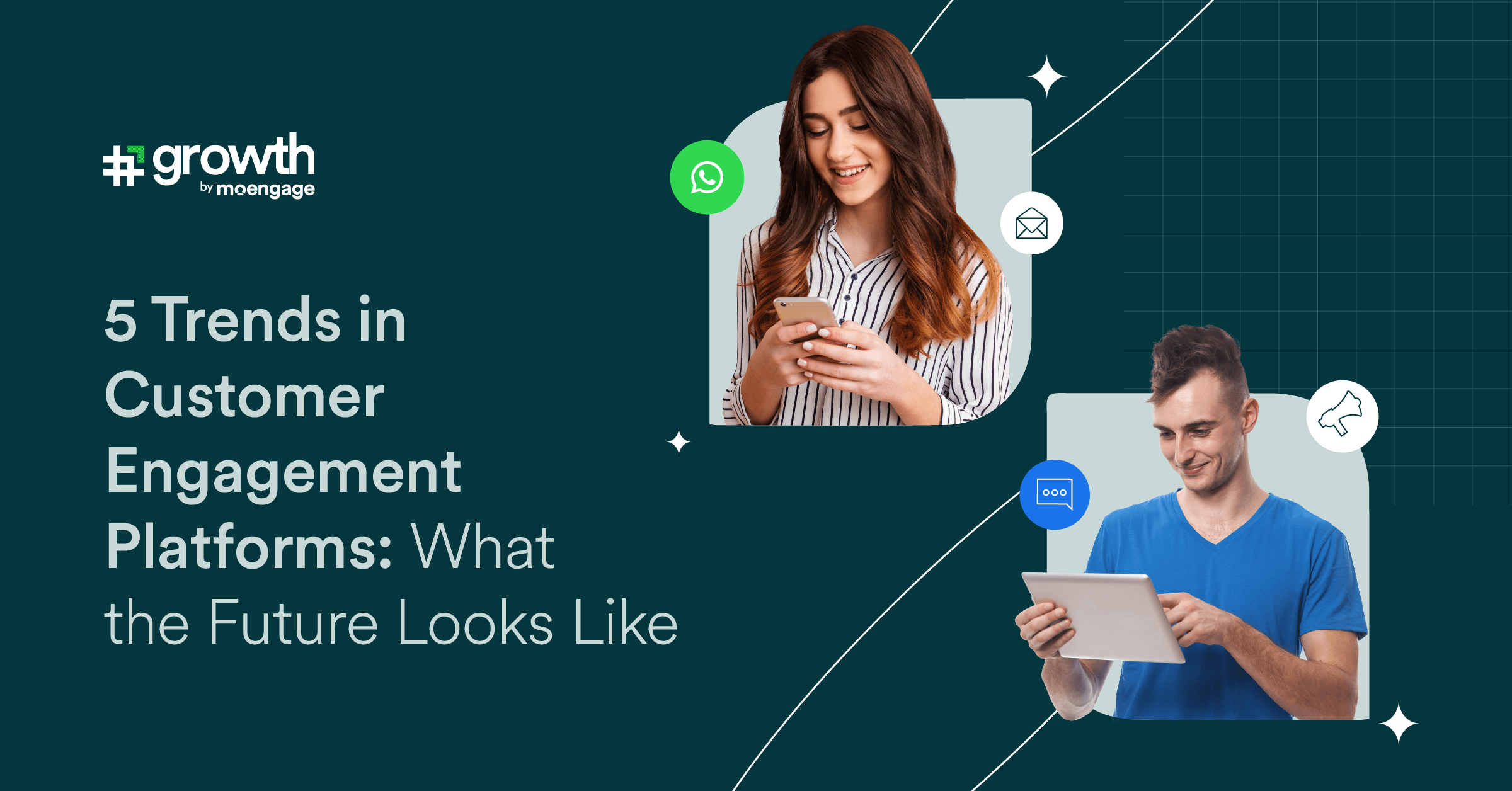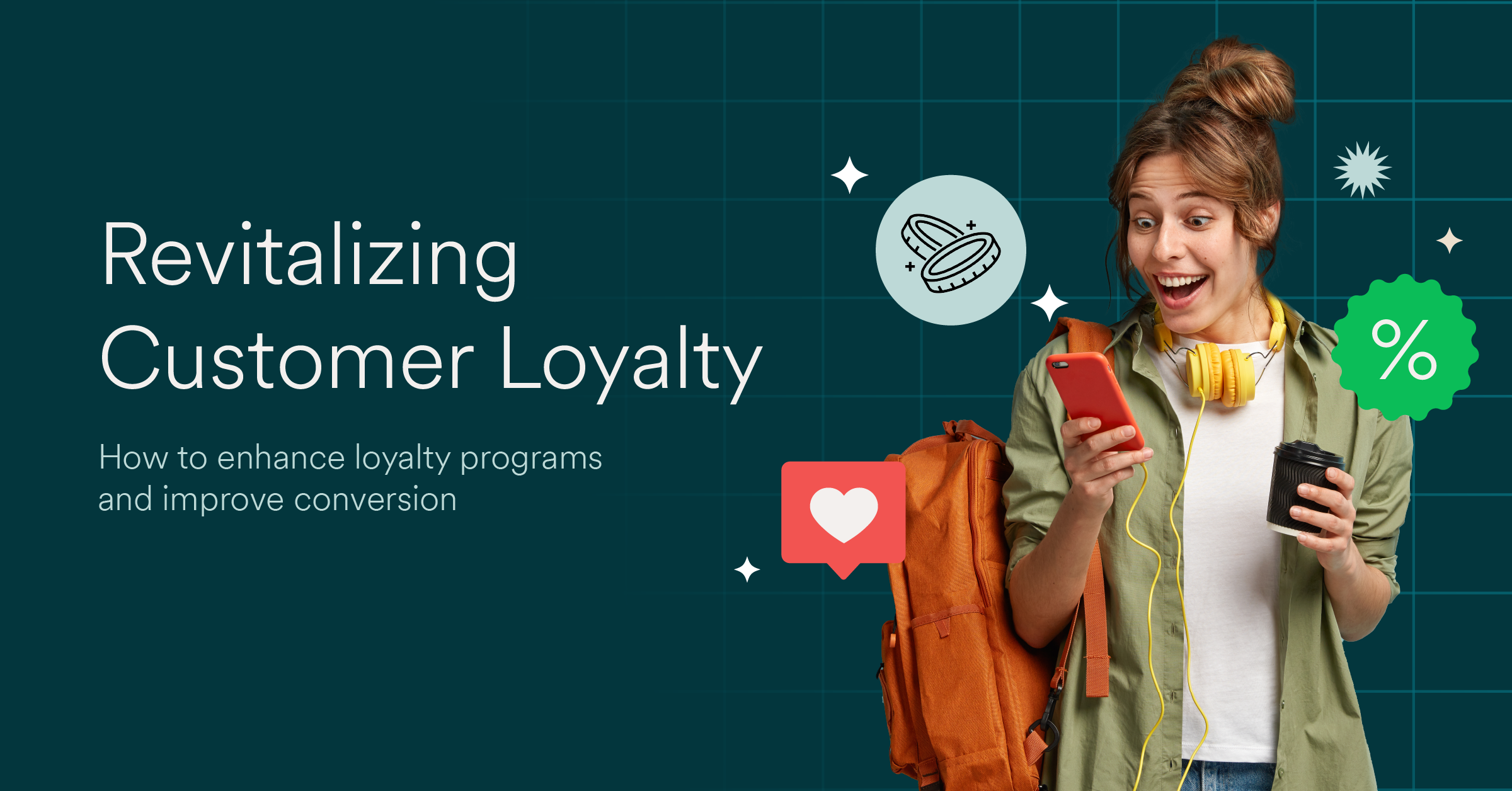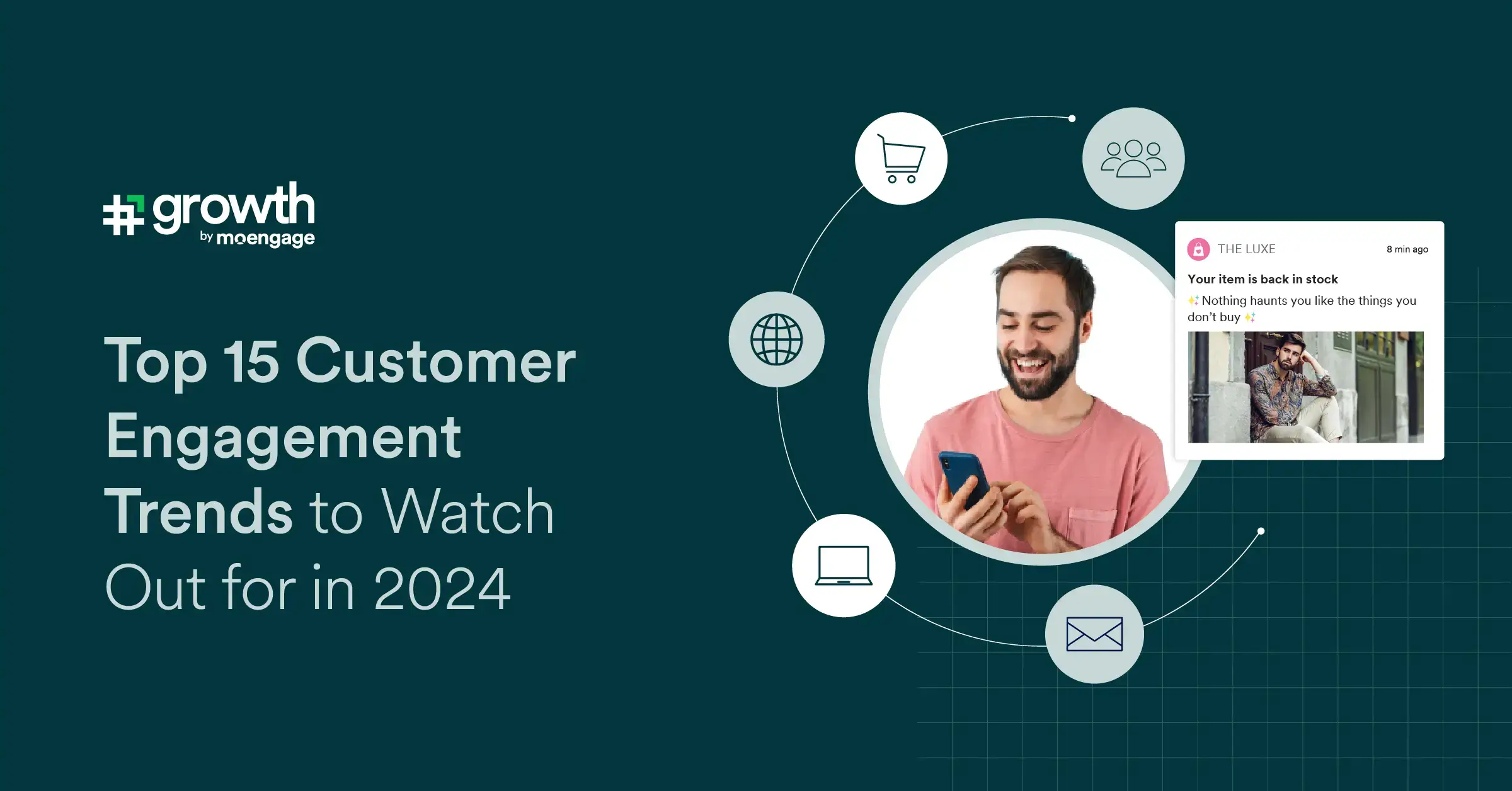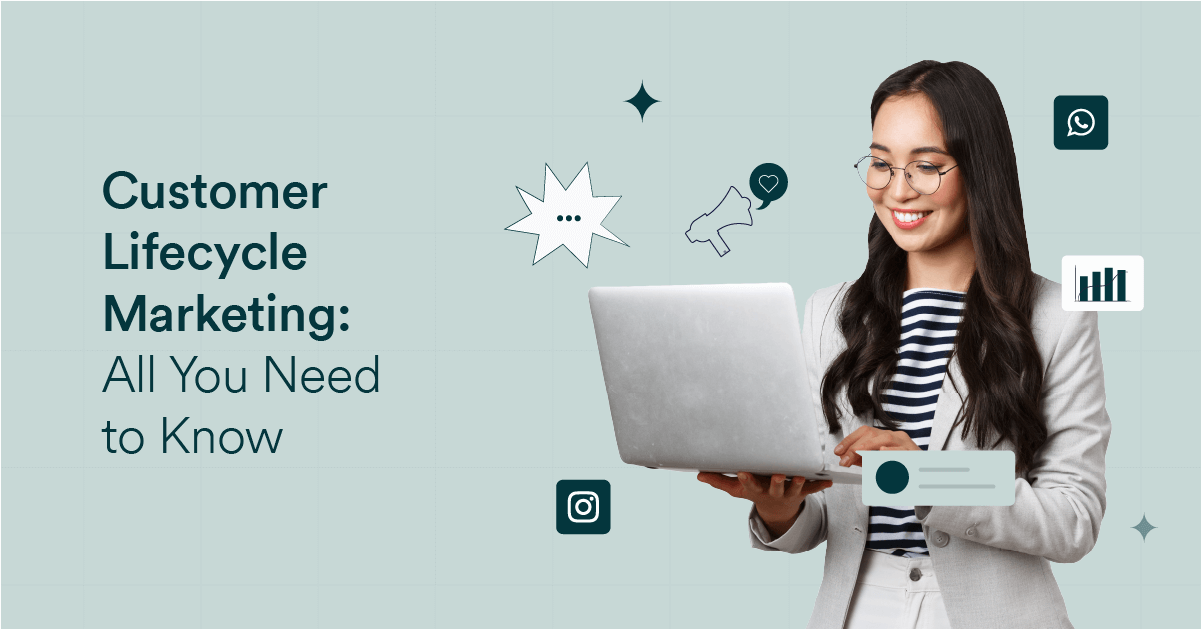Customer Engagement: A Comprehensive Guide for 2024
Whether your customers connect with your brand or not determines your organization's success. In the current hyper-competitive marketplace, ensuring customer engagement is crucial. To fully realize its potential amidst evolving customer needs, businesses need a deeper understanding of how to use it to steer business continuity. Whether you are in the industry as a startup or a full-fledged business with steady revenue, mastering customer engagement often requires a comprehensive guide.
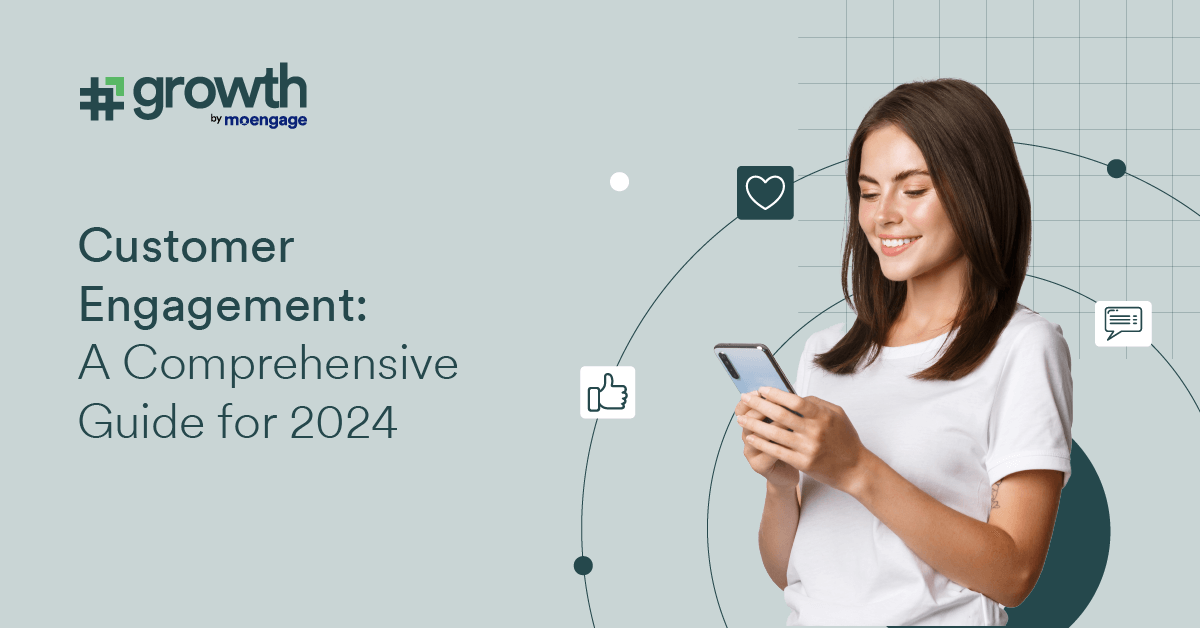
Whether your customers connect with your brand or not determines your organization’s success. In the current hyper-competitive marketplace, ensuring customer engagement is crucial.
To fully realize its potential amidst evolving customer needs, businesses need a deeper understanding of how to use it to steer business continuity. Whether you are in the industry as a startup or a full-fledged business with steady revenue, mastering customer engagement often requires a comprehensive guide.
This article focuses on equipping you with a clear understanding of customer engagement, its importance, key marketing strategies, and top metrics to facilitate tracking and effective adaption.
What is Customer Engagement?
Customer engagement refers to the interactions and relationships your business cultivates with its customers and clients. It encompasses various touchpoints and delivery channels, both online and offline, where customers connect with a brand.
This crucial measure of the interaction quality does not stop at generating sales. Customer engagement is ultimately about understanding customers’ needs and preferences, providing value, and fostering loyalty.
Considering that the customer engagement solutions market is already USD 23.5bn, adapting it to your business’s foundations is integral to surviving in the competitive environment. As technology constantly progresses in every industry, customers have no shortage of options. Businesses must travel the extra mile beyond transactions and foster connections to retain customers and drive growth.
How is it Different from Customer Satisfaction and Experience?
Consumer engagement is often confused or grouped with other aspects, such as customer satisfaction or customer experience.
While the confusion is understandable, it is vital to have a clear grasp of customer engagement to apply strategies and measure goals effectively. Here’s a quick table to clarify the difference between these three terms:
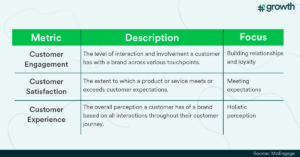
All three of these elements are deeply connected to every business goal but measure different aspects of the customer relationship. With this clarity in mind, let’s understand a little more about where consumer engagement surfaces in the digital landscape.
Where Do You See Customer Engagement in 2024?
Amidst a massive surge in digital evolution, customer engagement is now bubbling onto the surface of each business’s activities. Customer engagement surfaces on these main platforms and in the types:
- Social Media: Likes, comments, shares, or brand-related hashtags.
- Email/Mobile Apps: Open rates, click-through rates, in-app purchases, and notification responses.
- Reviews: Customer feedback on company review platforms like G2 and Capterra, and product reviews on Amazon and Trustpilot.
- Chatbots: Chatbog logs reflect query volume, resolution success rate, and user satisfaction ratings.
- Feedback Forms: Survey responses, star ratings, and open-ended comments.
- Published Content: Blog comments, video views/likes/shares, discussion participation.
- Website: Page views, time on page, bounce rate, conversion rates.
Why is Customer Engagement Important in 2024?
Businesses that can drive high levels of customer engagement enjoy many benefits and are able to successfully grow and evolve despite the fierce competition. Here is why customer engagement is important in 2024:
Empowers Business Insights with Accuracy and Detail
Customer engagement provides us with valuable information about customer preferences, problems, and habits derived from every interaction, be it a social media post, a website click, or an opened email.
Businesses can uncover much more accurate and in-depth insights from this data when paired with AI-powered tools and advanced analytics. This will allow them to create hyper-personalized experiences that truly connect with each customer.
Doubles Down on Customer Loyalty and Retention
Engaged customers care about and are invested in your brand. This emotional connection is a potent tool for increasing customer lifetime value, decreasing churn and driving repeat business in this era of evolving needs and abundant options.
While this loyalty presents unique advantages, such as minimized effects of occasional errors, it also drives cost reduction by boosting retention.
Drives Brand Advocacy, Awareness, and Recommendation
In a world where user-generated content has the potential to surge leads and followers, engaged customers are a reliable source of marketing. When these positive and honest experiences are shared with their networks, these customers go beyond conventional brand advocacy to become potential brand ambassadors.
Social media platforms and online communities amplify this effect. The reach of these testimonials through the digital space extends to over 60% of the world’s population. Effective customer engagement can undoubtedly create a ripple effect that boosts brand awareness and attracts new customers.
Additionally, customer engagement marketing strategies also lead to positive online reviews and recommendations. Customers are more likely to trust a brand through recommendation—word-of-mouth marketing is one of the most effective customer acquisition methods.
Boosts Reception to Upselling and Cross-Selling
On shopping websites, customers might feel pressured by suggestions to buy more expensive items (upselling) or extra things that go with their purchase (cross-selling) if they are not well-engaged with your brand. However, engaged customers are more receptive to upselling and cross-selling as they would be more likely to trust your suggestions.
This is primarily a combination of customer loyalty, your brand’s credibility, and the knowledge that those products will offer genuine value to the customer’s needs.
These factors highlight the importance of customer engagement, which drives business growth, website traffic, and brand imaging from a new customer’s first interaction to a loyal customer’s repeat purchase.
Key Strategies to Drive Customer Engagement
The phenomenal potential of customer engagement is unquestionable, making the need to adopt effective strategies equally vital. Here are five key strategies that are sure to drive your customer engagement levels to a soaring high.
The Power of Community and Social Media
Customers appreciate a live brand persona intent on delivering quality content and consistent communication. Additionally, customers feel more valued when they are part of a community. Businesses can incorporate these elements perfectly through an active social media presence.
Social media platforms, with several interactive elements such as commenting and sharing, are a great way to establish a direct line to customers, just like the popular bike manufacturer Royal Enfield did. In fact, Royal Enfield’s social media activity boosted customer engagement by almost 50%.
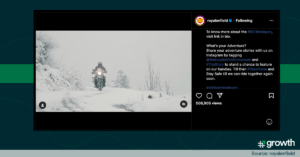
Here are three practices that best drive customer engagement through social media:
- Regular, Engaging Content: Consistent updates, themed posts, user-generated content challenges, and behind-the-scenes glimpses keep your audience tuned in.
- Interactive Elements: Polls, Q&As, live video chats, and contests encourage participation and make your audience feel valued.
- Community Group: Platforms such as Facebook allow businesses to create community pages to foster discussions, share exclusive content, and provide a platform for customers to connect with each other and the brand. MoEngage’s Hashgrowth Community (this website) is an ideal example, built to offer resources and cultivate a community of thought leaders.
- Rewards & Recognition: Acknowledge your community’s contributions with special discounts, exclusive content, or even shout-outs.
Artificial Intelligence (AI) for Smarter Engagement
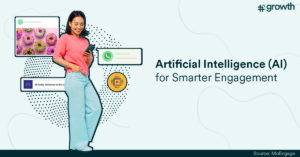
Another key strategy is using AI in customer engagement. Through AI algorithms and adaptive programming, businesses can automate their responses to cater to each customer’s queries and requests.
While this showcases that your brand is ready to cater to your customers at any time, it also reduces overheads through automation without sacrificing the quality of your service. Here are two uses of AI for smarter customer engagement:
- Chatbots: Using intelligent bots to handle routine queries frees your team for more complex interactions. They offer 24/7 availability and can guide customers through processes, queries, and service requests. Bank of America’s AI assistant Erica is an excellent example of a chatbot that helps customers manage their finances.
- Automation: AI also streamlines automated communications such as triggered emails, personalized recommendations, and abandoned cart reminders to increase conversions. OTT giant Netflix makes excellent use of this to tailor streaming suggestions with AI-driven automation. For instance, AI Engine Sherpa goes a step beyond facilitating AI in campaign creation, journey optimization, and much more.
Hyper-Personalization
Personalization involves tailoring your interactions with each customer based on their unique preferences and needs. It informs customers that their needs are understood and fosters a stronger connection with them. Apart from personalized browsing behavior, here’s how personalization can be adopted as a strategy to drive customer engagement:
- Customizable Products: Personalization can be extended to giving your customer the freedom of choice. Through customizable products, customers understand that what they want, you are ready to provide. Coffeehouse giant Starbucks is a great example with their “Starbucks x You” program where they allow their customers to select exactly what they would like in their coffee:
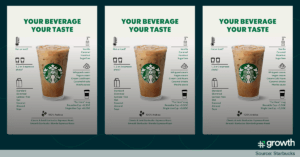
- Email Communications: Segmented and personalized email campaigns can be adapted to cater to specific interests, ensuring that each message resonates with the recipient. LinkedIn job alert emails are an excellent example of this, as they curate a list of jobs that you may have shown interest in or have qualifications for. This makes for a very engaging experience for every customer.
Audiomack, a popular music streaming platform, aimed to improve customer engagement by tailoring messages to each listener’s experience. They collaborated with MoEngage to deliver hyper-personalized listening experiences to its audience with:
- Personalized onboarding messages: The right guidance at the right time gets new users started
- Targeted push notifications: One-time messages to get users listening
- Engaging in-app & email messages: Tailored communication keeps customers happy
- Recommended music for each customer: Discoveries lead to loyalty
These efforts improved its conversion rate by 18%!
Unify Your Messaging With Omnichannel Communication
Omnichannel communication refers to the practice of providing a consistent and unified customer experience across all touchpoints. This means creating a seamless journey for customers, regardless of whether they interact with your brand through your website, mobile app, social media, email, phone, or even physical stores.
Omnichannel communication is a strategy centered around standardization that drives a customer’s perception of your brand as professional and reliable. It is especially effective because it offers a convenient, personalized, and satisfying customer experience. Customers can interact with your brand on their preferred channel and trust that the quality of resolution will not change.
For instance, Zappos, the online retail giant, adopted the omnichannel communication method in its customer support services to deliver 24/7 support across Twitter, text, call, and more. This strategy was so effective that Zappos was able to build massive customer loyalty. In fact, 75% of its business comes from returning customers.
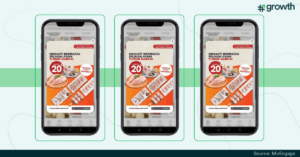
Create a Two-Way Insight Channel with Data Analytics

Analyzing customer data is like peeking into your audience’s minds. Examining website traffic, social media engagement, and purchase behavior can reveal hidden patterns, preferences, and pain points.
Data analytics tools turn raw data into actionable insights. From product development to marketing campaigns, they inform your decisions. Here are two key data analysis methods to help you understand and drive customer engagement levels:
- Customer Journey Mapping: This involves mapping customer data from the time they learn about your brand to the interactions they have after making a purchase to visualize the customer journey.
- Cohort Analysis: By grouping customers based on common traits like acquisition date and purchase history, you can analyze customer behavior over time. This sheds light on which marketing campaigns are most effective for specific customer segments.
- Predictive Analytics: One of the smartest applications of analytics in customer engagement is to anticipate customer needs, enabling you to proactively offer solutions or relevant products. Amazon’s product suggestions are a classic example of how predictive analytics drives additional purchases:
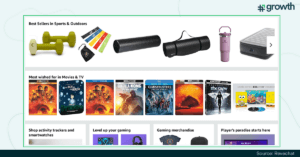
Measuring Customer Engagement
The true power of deploying an effective customer engagement program can be derived only when you are able to monitor their performance. This means having metrics in place and adapting them to your goal according to your consumers’ changing needs.
Here are seven customer engagement metrics that allow you to do just that:
1. Customer Satisfaction Score (CSAT)
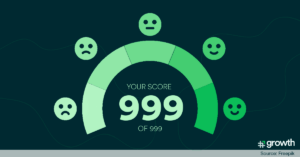
CSAT measures customer satisfaction with a specific product, service, or interaction. It’s often obtained through surveys with questions measured on a scale (e.g., 1-5), and the average score indicates overall satisfaction.
A high CSAT is linked to the quality of your product or service. Satisfied customers are more likely to repurchase from your business and share more insightful feedback in case of improvements.
CSAT scores can be linked with data analytic tools to service future sales, capacity, and resource planning. They also show a clear linkage between performance and customer engagement.
2. Net Promoter Score (NPS)
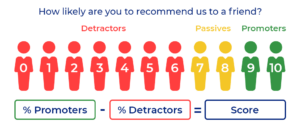
NPS gauges customer loyalty and their willingness to recommend a brand. It asks one question: “On a scale of 0-10, how likely are you to recommend us to a friend or colleague?” Based on responses, customers are categorized as Promoters (9-10), Passives (7-8), and Detractors (0-6). NPS is calculated as the percentage of Promoters minus the percentage of Detractors.
A high NPS indicates strong brand advocacy. This means that a significant portion of your customers are enthusiastic about your brand and are likely to recommend your products or services to others.
3. Daily/Monthly Active Users (DAU/MAU)
DAU/MAU are strong indicators of active customer engagement. If this metric is high and growing, it suggests a healthy customer base that is actively interacting with your product or service.
This can translate to increased product usage, feature adoption, and, ultimately, higher customer lifetime value (CLTV). By monitoring DAU/MAU, you can identify trends, user segments, and patterns in engagement. This facilitates action to address any decline in engagement.
4. Churn Rate
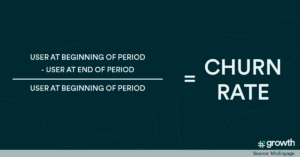
As opposed to other metrics that focus on positive aspects, churn rate indicates the percentage of customers who stop using a product or service within a given period.
This would mean businesses with a high churn rate signal low satisfaction levels and poor consumer engagement or product value. Monitoring churn and understanding the reasons behind it is crucial for customer retention.
5. Repeat Purchase Rate
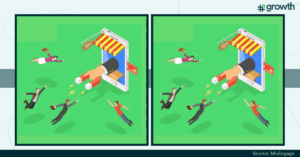
This metric measures the percentage of customers who make multiple purchases over time.
The repeat purchase rate is a metric used to build customer loyalty. It indicates that your products or services resonate with your target audience. Increasing repeat purchases can significantly increase revenue at lower marketing expenses.
6. Time on Site
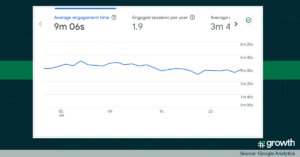
Time on Site (TOS), also known as average engagement time, measures the average amount of time a visitor spends on your website during a single session. It’s calculated from the moment they land on your site to the moment they leave.
TOS is a vital support metric that can not only indicate customer engagement levels but, when paired with other business insights and metrics, can also reveal the reasons behind the high engagement. This is perfect for deeper insight into engagement, such as content relevance and value, positive user experience (UX), and potential interest in your offerings.
7. Customer Lifetime Value (CLTV)
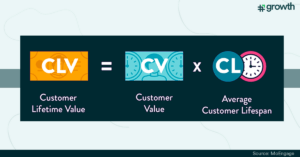
This metric is one that directly translates to longevity in growth, brand imaging, and revenue. Customer Lifetime Value (CLTV) is the estimate of the total revenue a customer will generate throughout their relationship with a company.
While this is a single metric, the calculation considers factors like average purchase value, purchase frequency, and the lifespan from the first interaction to the last. Understanding CLTV helps businesses allocate resources effectively and focus on high-value customers. As a metric, it is a powerful reference for businesses that focus on building client engagement.
Conclusion
Customer engagement is undoubtedly a crucial aspect of success. In 2024, with customers seeking convenience and technology facilitating it, businesses must deliver products and services but also derive the highest engagement levels from fostering strong relationships with each consumer.
With the key strategies and metrics we’ve covered, kickstart your customer engagement journey today!
